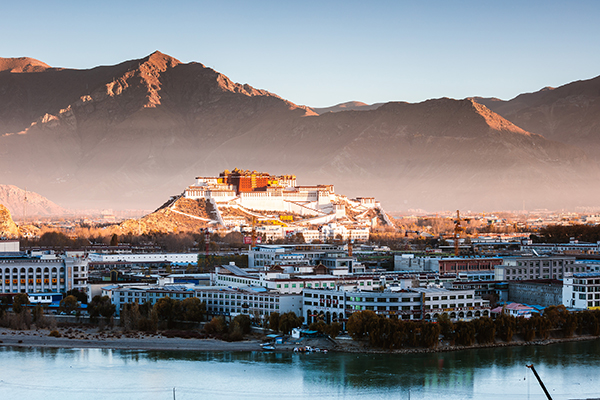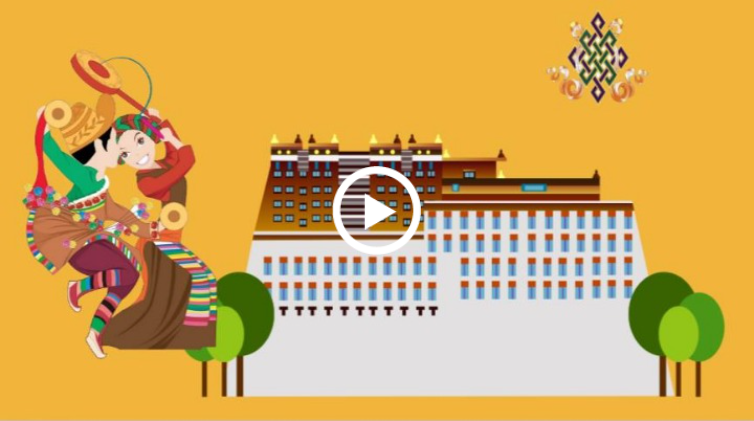Lhasa
Updated: 2025-04-28 (chinadaily.com.cn)  Print
Print 


(1) Historical geography
Lhasa, known as Luoxie in ancient times, is a famous historical and cultural city in China. In the 7th century, the Tibetan king, Songtsengampo, unified the entire region and moved the political center from Lhokha to Lhasa. After 1,000 years of development, it became the political, economic, cultural, and religious center of Xizang.
Xizang was peacefully liberated in 1951, and, in January 1960, Lhasa was established. In September 1965, the Xizang autonomous region was established, and Lhasa became the capital of the autonomous region.
Lhasa is located in central and southern Xizang. It is approximately 277 kilometers long from east to west, and stretches about 202 kilometers from north to south. It is connected to Nyingchi city to the east, Shigatse city to the west, Lhokha city to the south, and Nagchu city to the north.
It covers an area of 29,640 square kilometers, is 3,658 meters above sea level, and experiences more than 3,000 hours of sunshine per year. It is known as the "Sunlight City" and is part of the first batch of 24 historical and cultural cities announced by the State Council.
The city has two national nature reserves and two national forest parks. There are 389 key cultural relics protection units, of which 18 are national key cultural relic protection units, including one world cultural heritage. It is also home to 108 region-level key cultural relic protection units, 54 municipal-level key cultural relic protection units, and 209 county-level key cultural relic protection units.
(2) Population division
In 2024, the permanent population of Lhasa was 876,400.
The city governs eight counties and districts, namely Chengguan district, Doilungdechen district, Dagze district, Lhundrub county, Damshung county, Nyemo county, Chushul county, and Maldrogungkar county, alongside the Lhasa National Economic and Technological Development Zone, Liuwu New District, the Innovation Park and Konggang New District. It is home to 37 townships, 12 towns, 16 sub-district offices, 50 communities, and 227 administrative villages.
(3) Economic and social development
In 2024, the city's gross regional product was 99 billion yuan ($13.7 billion), an increase of 6.7 percent year-on-year, of which the added value of the primary industry surpassed 3.3 billion yuan, an increase of 7.9 percent; the added value of the secondary industry was 38.65 billion yuan, an increase of 9.5 percent, and the added value of the tertiary industry was 57.02 billion yuan, an increase of 5.1 percent.
The per capita GDP was 113,563 yuan.
The per capita disposable income of urban residents was 58,171 yuan, and the per capita disposable income of farmers and herdsmen reached 27,151 yuan, an increase of 6.1 percent and 8.6 percent respectively.








